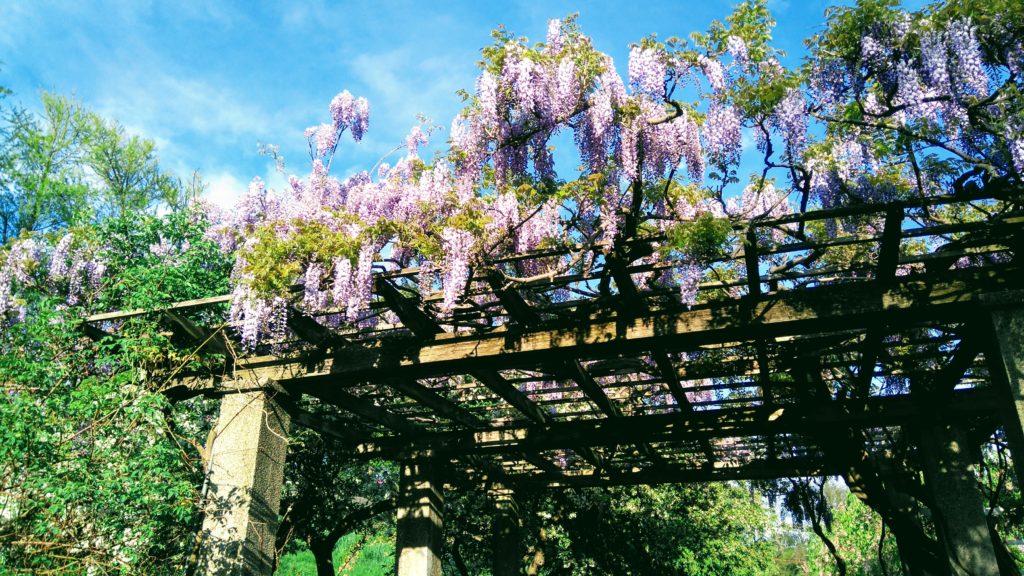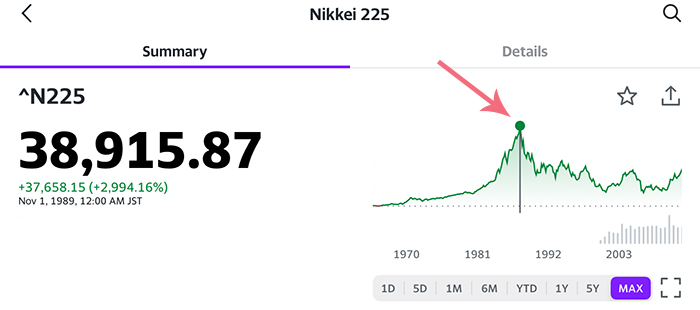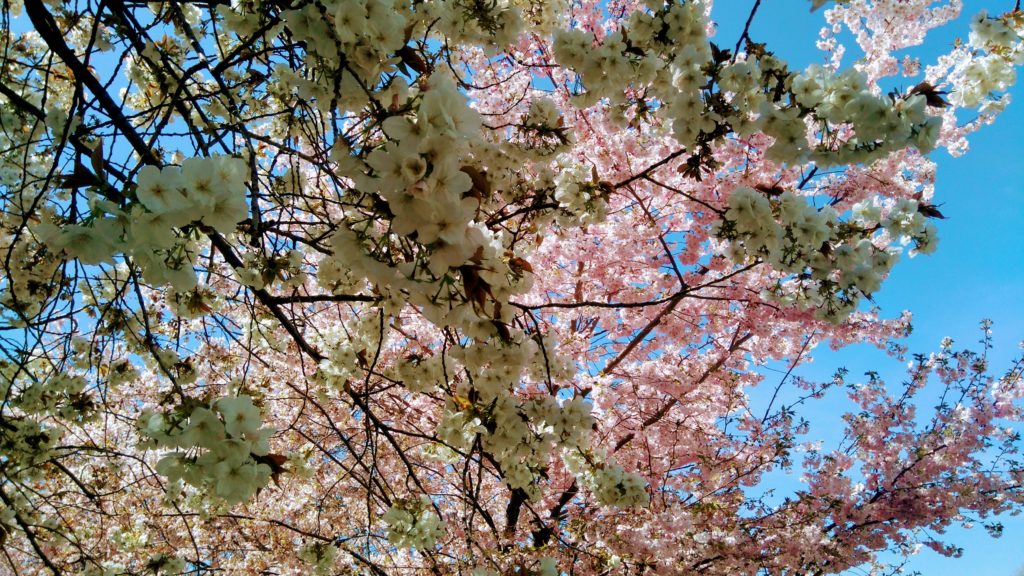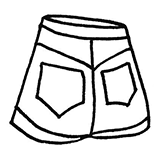Although I have not lived in Japan for almost twenty years, I cannot hide how delighted I am for Japan starting a new era, which will be effective May 1st. It’s not that I’m excited for the country or for the emperor. As much as I love my country of birth, I’m one of those who have decided to leave Japan to live abroad.
Even so, Japan starting a new era feels to me like starting a new year. As a matter of fact, it’s a lot bigger than the new year. April 30th will be a big night. This will be the official “new era’s eve” after having had the unofficial “new era’s eve” on March 31st, the night before the name for the new era, Reiwa, was announced.
There might be nothing traditionally special to do on a new era’s eve. However, I’m certain that there is so much to do for each individual on a personal level. I wondered why I was so excited and where this excitement was coming from.

Why I left Japan
In the beginning, I couldn’t even explain to myself why I left Japan. When I had just arrived in New York at the age of 18, people asked me why I came to America. I always answered that it was because I wanted to study English, learn about different cultures, and explore my creativity.
That was the truth. However, there might have been some other reasons for which I had left Japan. So, I reflected upon my life during the Heisei era, which is about to end in a few days. I only wrote the things I remembered the most—things that occupied my mind during my teenage days.
Turn of the era from Showa to Heisei
I was born in Tokyo during the Showa era which was right before the Heisei era. I only lived in Japan for six years during the Heisei era before leaving the country for New York. Heisei started in the last year of my elementary school in 1989.
It was also during the height of Japan’s economic bubble, and there were a lot more children in Japan than today. In the center of Tokyo, it seemed that there were more private schools than public ones. I remember that more than half of my sixth-grade classmates entered private junior high schools.
Choosing junior high schools during the economic bubble in Japan
Some private schools’ tuition was over 1,000,000 yen (about $10,000) annually but most other schools charged a lot less than that. The annual tuition for the private girls’ school I had attended was about 300,000 yen ($3,000).
Though many private junior high and high schools for either boys or girls in the central Tokyo area have today moved to the outskirts, become co-ed, or have closed, there were so many schools to choose from at the time.
Each school had its own identity in its unique school uniform, and I chose schools based on their uniforms. However, what I didn’t realize before entering school was that my school had very strict school regulations, like many other schools, which restricted me from wearing the uniform in the way I wanted.
Inside the center of Tokyo, the private school density was especially high around kokyo, the Imperial Palace area. My junior high and high school was also located in that area.
The economic downfall
The year I entered my junior high school was the same year the economic bubble burst in Japan. Then, Japan immediately entered the lost decades in 1990. Though it was rare for anyone to get laid off from any Japanese firms at the time, many had pay cuts.
It also affected my self-employed father. Even then, the belief among Japanese people, “all Japanese are middle class” (一億総中流 [ichiokuso-chu-ryu-]), continued to exist. My parents also acted as if they were well off even if they were not.

The school-girl trend and the derogatory term “Kogyaru”
I entered my high school while Japan still had not recovered from the economic downfall. Many college graduates could not find a job at the time. I was thankful that I was still in high school then. Moreover, as a high-school girl, there were a lot of ways to earn money.
Just because I was a high school girl, I had an opportunity to make an easy money by sharing my opinions on a radio show, being a sample tester for confectionery firms to give feedback on their new products, appearing on a magazine or a variety of television shows.
It was always on the street when we were given an offer for those jobs or gigs. And some of those gigs were offered because of the uniform we wore — the school we went. My high school had one of the most popular uniforms in Tokyo, and it wasn’t one of the elitist schools with expensive tuitions. That might have been the reasons why the scouts spoke to us often.
The height of the high-school-girl trend was in 1993 during my tenth grade year. In the same year, the derogatory word describing high school girls, kogyaru or kogal, was also born. A Kogal literally meant a gal who was still a minor. The term kogal is linked to the term gal, which was used to talk about college girls in the 1980s. Gal didn’t have negative connotations whereas kogal did.
High school girls, who were called kogal at the time, claimed themselves as gal, not kogal. That was because as soon as the term kogal was born, it was already used in the media to describe girls who were engaged in sexual business such as sleeping with older men, in their 20s, 30s, or even 40s, for money. The media had made it seem like girls who styled their clothes, uniforms, and hair in certain way were all kogal.
Solicitors everywhere
There were also many new businesses opened by adults who couldn’t find employment. While there were not enough white-collar jobs for college graduates, there seemed to be a lot of demands for young girls in the underworld.
Those businesses scouted schoolgirls and other young women directly in the daytime mainly on the streets of Shibuya, Ikebukuro, and Shinjuku. So, girls had to be careful and smart in order to distinguish a legit business from indecent ones, and not get tempted by businesses that could eventually destroy them mentally, if not physically.
I don’t think this was any different from any previous eras. Those were the days when people did businesses face to face, not through the internet. And there were people soliciting at train stations at all times. In front of major train stations, there were always solicitors from three types of businesses—dating agencies, cult groups, and bootleg telephone card sellers.
Groups of tall men selling bootleg phone cards wore unique outdated 1980s clothes—such as printed shirts or fitted cable knit sweaters, and acid-wash jeans with a pleated front—the kind of style and size that definitely weren’t available in Japan at the time in the 1990s. I could only assume that they had brought these clothes with them when they moved to Japan from Iran. All of these men wore the same-style clothes as if there were dress codes.
Tokyo Subway Sarin Attack
Members of several cult groups at the train stations used to say to passersby, “May I pray for you?” I personally only saw once someone actually getting a prayer, but no one usually stopped for them. To me, they were just otherworldly. So I honestly had no idea that a cult group could turn into a terrorist group.
The followers of the cult groups wore various earth-toned robes, depending on their rank and organization. Ahm Shinrikyo’s shiroshozoku (白装束), pure white robe, which was the most simple and modest, was the most conspicuous robe that always came into my field of vision.
It was during my spring break in 1995 that the Tokyo Subway Sarin Attack, which killed thirteen and injured more than 5,800 people, was organized by the cult group, Ahm Shinrikyo. This happened a year before I left Tokyo for New York.
All thirteen members of the Ahm who were sentenced to death had been executed recently in July 2018—seven convicts on July 6th and six convicts on July 26th. I had such unexplainable mixed feelings about that. It felt to me like it was the end of something and the beginning of something new. It was a similar feeling to the one I’m having right now for Japan’s new era.
The Lost Generation and the Employment Ice Age
Although sho-shika (the declining birth rate) is a current issue in Japan nowadays, the population of my generation was a lot bigger. As a consequence, the acceptance rate for most universities in Tokyo was very low and competitive at the time. Yet, we were the “Lost Generation” in the shushoku hyogaki (就職氷河期), the “Employment Ice Age” that had continued since the bubble burst. So the chances to be employed after graduation from college were scarce.
In the beginning of my high school years, I had already decided to study abroad after graduation. However, I couldn’t put the reasons behind my decision to move into words at the time. The other reasons why I left Japan might have been because I couldn’t picture myself having a bright future there especially as a young girl at the time. Perhaps, I didn’t want to say such a negative thing when Japan was seen as a beautiful country.
Nowadays, it has become easier for me to open up and talk about these things ever since I found out that I belonged to the Lost Generation. I understand now that I wasn’t just being negative about my future. I was only facing the reality. The unspeakable feeling I had at the time was caused by the things I saw, the truths I heard, and the events I had experienced.
Happy New Era
Like many others, I see Heisei as the Lost Decades. That’s why I’m so delighted for Japan starting anew with the new era, Reiwa. But will I ever go back to Japan for good?
Ever since I moved to New York, I have met a great number of Japanese people who are shin-issei (新一世), the first generation who moved to the U.S. in the modern times. And surprisingly, many of the retired shin-issei have gone back to Japan for the rest of their lives after having lived in New York for decades since the 1960s or 70s.
Those retired shin-issei left Japan to come to the U.S. during the good-old post-war Showa era but I left during the economic downfall of Heisei era. Maybe their image of Japan has always been the good old Showa era. I wonder if I will go back after my retirement as well. I can’t imagine how Japan will be like 20 or 30 years from now. I want to be able to find a little bit of remnants of Showa. I wonder how Reiwa is going to be, but I’m so happy to leave Heisei behind. Many Japanese people are already excited about the new Reiwa era, and I’m one of them.

